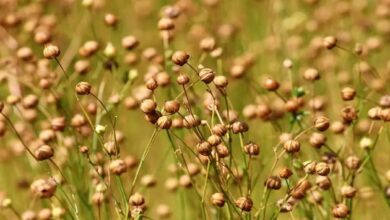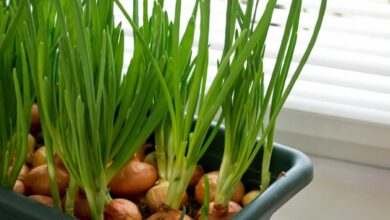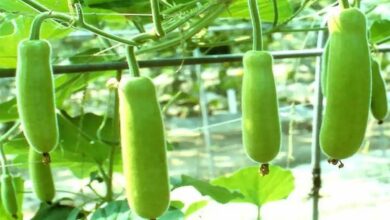Agriculture Tips: Farmers should do this work in farming in the month of May, they will earn huge profits
Agriculture Tips: May is a crucial month for agriculture in India. Given the hot and dry weather at this time, we must pay particular attention to crop care and field preparation. The Rabi crop harvest is almost over in May, and preparations for planting the Kharif crop start. To ensure the quality of the next harvest, farmers oversee the watering, fertilization, and field plowing throughout this month. In addition, seed treatment, irrigation system maintenance, and pest and disease management are given careful consideration.

In the agricultural cycle, May is a crucial month when careful preparation and diligence influence the success of Kharif crops. Proper agricultural management now can increase the entire year’s agricultural production.
Taking good care of zaid crops
As needed, irrigate crops like sesame, urad, and moong. Please cease watering 15 days before the crop ripens. Approximately three to four irrigations are required throughout the crop season. Use 5 ml of imidacloprid if there is a sucking pest infestation. 15 liters of water should be prepared for each sprayer and then sprayed.
Summertime produce
All vine vegetable crops, including okra, are now in blossom. Use acetamiprid spray to shield the okra crop against red insects and yellow vein disease. The yellowed okra plants should be uprooted and buried in the field’s edge soil.
Use a rotavator to plow the wheat field that has been harvested by machine
The usage of machinery in farming has grown in the modern era. Farmers harvest wheat using a combine, also known as a harvester. It trims the crop close to the ground. As a result, stumps remain on the field. Burning the stalks is detrimental for the environment as well as the field’s fertilizing power. In this scenario, utilize a rotavator plow to clear the field following a substantial downpour. The moisture causes the stalks to shatter into little pieces, which decompose and turn into manure on the field itself after the rain.
Moong and Urad’s sowing
Farmers should finish planting summer Urad and Moong by this month if they must. Additionally, these steps will make it possible to plant Kharif crops on schedule. A delay in the process will also impact pulse production and the preparation of your next crop. Before planting Arhar, finish plowing the land. Plant only better seed varieties.
Get the rice nursery field ready
The construction of a rice nursery will also begin shortly, so purchase enhanced seeds, fertilizer, insecticides, and weed killers. Once you have plowed the field, take a break. Please have it plowed again after the rain to allow the sunshine to eliminate the weeds. Please ensure the weeds are removed from the nursery field if they remain after this.
Mix the soil with cow dung and compost manure
In some areas, farmers plant mustard, peas, lentils, and linseed crops without plowing after harvesting rice. Although these crops have already been harvested, if the land is uneven, level it so that a successful crop may be produced with less water. To plant the crops in June, have the ground plowed. Add compost manure or cow dung to the field and mix it into the soil before plowing again. The crop will grow and produce well as a result of this boost in fertilizer power. When the monsoon arrives, the Kharif season begins. Paddy is mostly grown during the Kharif season, while other crops are also planted. It is crucial to plant enhanced seeds to increase profits during the Kharif season.





